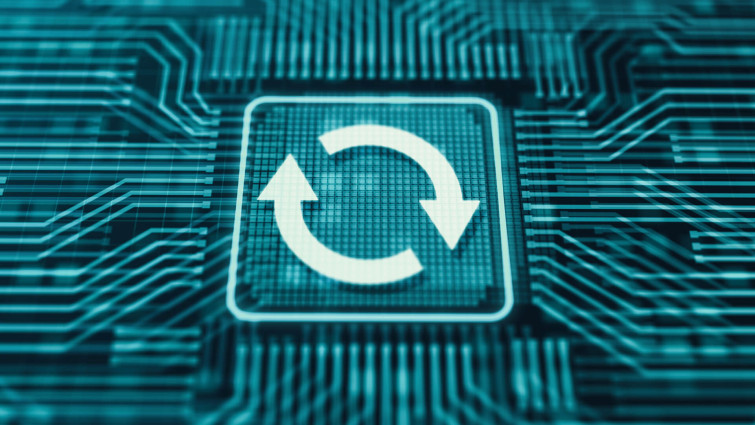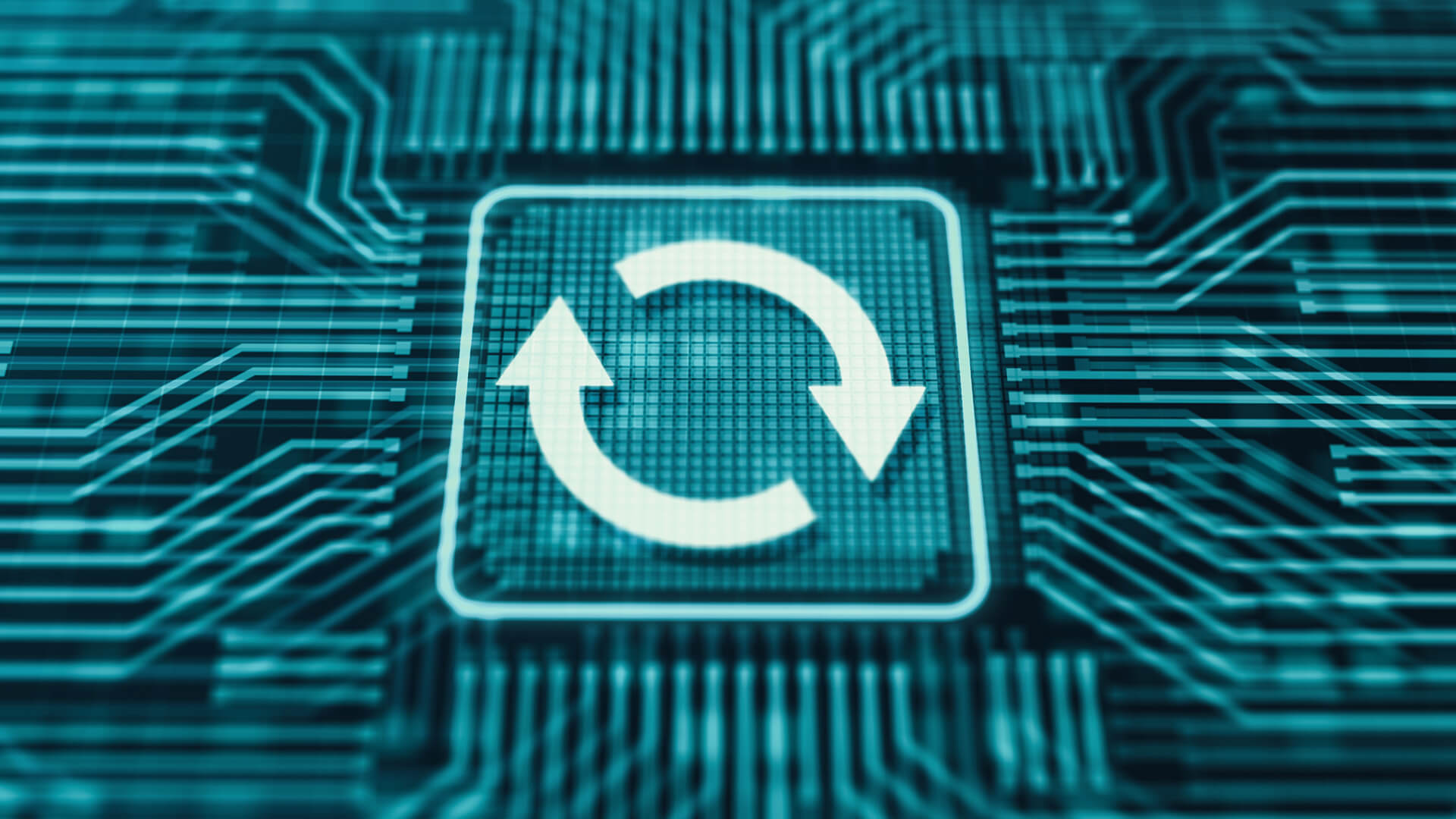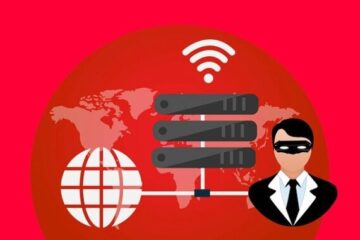Digital Security
Hey there, ever had a software update go wrong? It can cause chaos, like the recent blue screens of death blamed on a bad update by CrowdStrike.
19 Jul 2024
•
,
2 min. read

Speed is crucial in cybersecurity. Threats evolve rapidly, and cybersecurity companies must react just as fast. Updates are essential to protect against new threats, but a failed update can have serious consequences.
Cybersecurity companies go through rigorous testing processes to ensure updates don’t clash with systems. Any conflicts can lead to major outages, like the one we’re witnessing today.
It’s not feasible to test updates in every environment before deploying them. Updates need to be distributed quickly to match the speed of threats. If an update fails, the results can be disastrous, as seen with CrowdStrike’s recent incident.
While incidents like these can’t always be avoided, cybersecurity vendors will likely enhance their update processes to prevent future issues. It’s a reminder of the importance of having multiple layers of defense to protect against cyber threats.
What can we learn from this?
It’s crucial for cybersecurity professionals to constantly review and strengthen their defenses. Relying on a single vendor can lead to vulnerability in the face of cyberattacks.
Ultimately, the blame for such incidents falls on cybercriminals and nation-state attackers who create these threats in the first place. Real-time protection is essential in today’s digital landscape.


